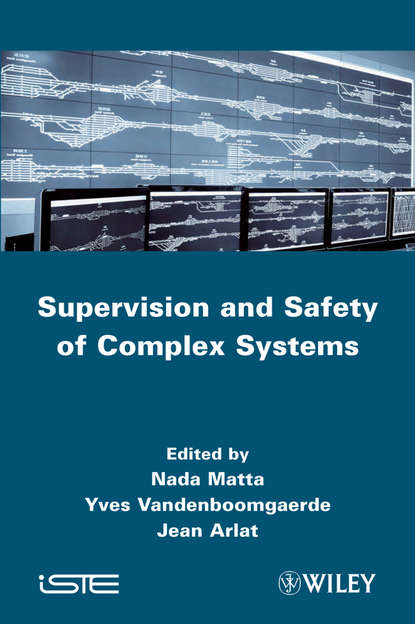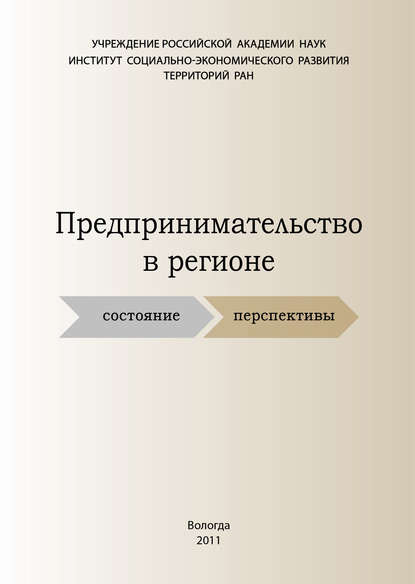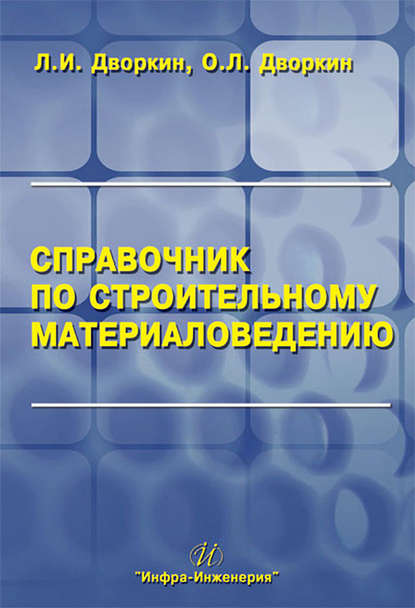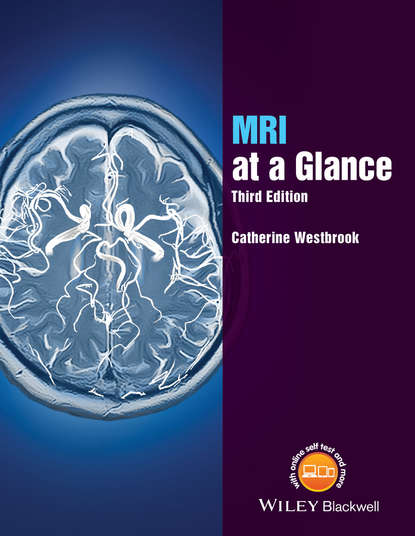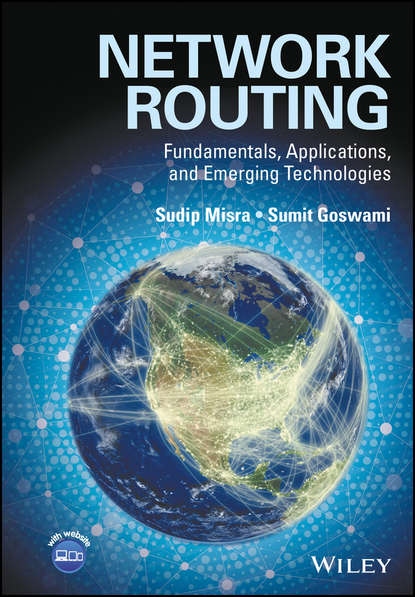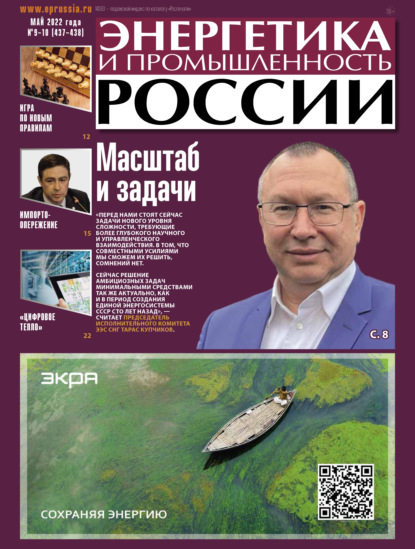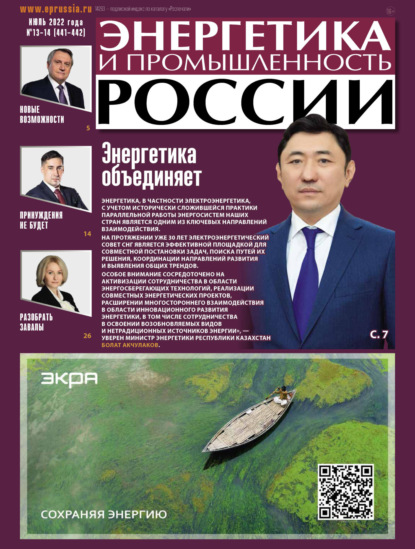Книга "Supervision and Safety of Complex Systems" представляет результаты проектов, проведенных научными и промышленными исследователями, направленных на разработку техник обслуживания, контроля, наблюдения и безопасности систем, учитывая технические, экологические и человеческие факторы. Работа поддерживается научной группой GIS 3SGS, 13 партнеров (академических и промышленных) объединились, чтобы решить проблемы безопасности. Рассматриваются проблемы и техники, связанные со стохастическим и динамическим моделированием, обслуживанием, прогнозированием, диагностикой, надежностью, производительностью, организационными, человеческими и экологическими факторами, неопределенностью и обратной связью опыта. Книга состоит из четырех частей. Первая часть посвящена промышленным вопросам, таким как безопасность и производительность электростанций, мониторинг захоронения радиоактивных отходов и четвертому поколению ядерных реакторов. Вторая часть посвящена наблюдению и моделированию сложных систем, таких как методы фьюзии данных, моделирование повреждений и прогнозирование, диагностика систем с несколькими режимами работы, многозадачное обучение и динамические подходы к надежности. Третья часть описывает методы характеризации фонового шума, идентификации характеристических сигнатур в тест-кейсах и обнаружения шумовых реакторов. Четвертая часть посвящена человеческим, организационным и экологическим факторам в анализе рисков. Книга может быть полезна для профессионалов в области системного инжиниринга, управления рисками и безопасности, а также для исследователей в области компьютерных наук и математики.
New book offers new approach to assuring safety and reliability of complex engineered systems.
Электронная Книга «Supervision and Safety of Complex Systems» написана автором Группа авторов в году.
Минимальный возраст читателя: 0
Язык: Английский
ISBN: 9781118588352
Описание книги от Группа авторов
This book presents results of projects carried out by both scientific and industry researchers into the techniques to help in maintenance, control, supervision and security of systems, taking into account the technical environmental and human factors. This work is supported by the Scientific Group GIS 3SGS. It is a collaborative work from 13 partners (academic and industrial) who have come together to deal with security problems. The problems and techniques discussed mainly focus on stochastic and dynamic modeling, maintenance, forecasting, diagnosis, reliability, performance, organizational, human and environmental factors, uncertainty and experience feedback. Part 1. Industrial Issues 1. Safety and Performance of Electricity Production Facilities, Gilles Deleuze, Jean Primet, Philippe Klein, Carole Duval and Antoine Despujols. 2. Monitoring of Radioactive Waste Disposal Cells in Deep Geological Formation, Stéphane Buschaert and Sylvie Lesoille. 3. Towards Fourth-generation Nuclear Reactors, Jean-Philippe Nabot, Olivier Gastaldi, François Baqué, Kévin Paumel and Jean-Philippe Jeannot. Part 2. Supervison and Modeling of Complex Systems 4. Fault-tolerant Data-fusion Method: Application on Platoon Vehicle Localization, Maan El Badaoui El Najiar, Cherif Smaili, François Charpillet, Denis Pomorski and Mireille Bayart. 5. Damage and Forecast Modeling, Anne Barros, Eric Levrat, Mitra Fouladirad, Khanh Le Son, Thomas Ruin, Benoît Iung, Alexandre Voisin, Maxime Monnin, Antoine Despujols, Emmanuel Rémy and Ludovic Bénétrix. 6. Diagnosis of Systems with Multiple Operating Modes, Taha Boukhobza, Frédéric Hamelin, Benoît Marx, Gilles Mourot, Anca Maria Nagy, José Ragot, Djemal Eddine Chouaib Belkhiat, Kevin Guelton, Dalel Jabri, Noureddine Manamanni, Sinuhé Martinez, Nadhir Messai, Vincent Cocquempot, Assia Hakem, Komi Midzodzi Pekpe, Talel Zouari, Michael Defoort, Mohammed Djemai and Jérémy Van Gorp. 7. Multitask Learning for the Diagnosis of Machine Fleet, Xiyan He, Gilles Mourot, Didier Maquin, José Ragot, Pierre Beauseroy, André Smolarz and Edith Grall-Maës. 8. The APPRODYN Project: Dynamic Reliability Approaches to Modeling Critical Systems, Jean-François Aubry, Genia Babykina, Nicolae Brinzei, Slimane Medjaher, Anne Barros, Christophe Berenguer, Antoine Grall, Yves Langeron, Danh Ngoc Nguyen, Gilles Deleuze, Benoîte De Saporta, François Dufour and Huilong Zhang. Part 3. Characterizing Background Noise, Identifying Characteristic Signatures in Test Cases and Detecting Noise Reactors 9. Aims, Context and Type of Signals Studied, François Baqué, Olivier Descombin, Olivier Gastaldi and Yves Vandenboomgaerde. 10. Detection/Classification of Argon and Water Injections into Sodium into an SG of a Fast Neutron Reactor, Pierre Beauseroy, Edith Grall-Maës and Igor Nikiforov. 11. A Dynamic Learning-based Approach to the Surveillance and Monitoring of Steam Generators in Prototype Fast Reactors, Laurent Hartert, Moamar Sayed-Mouchaweh and Danielle Nuzillard. 12. SVM Time-Frequency Classification for the Detection of Injection States, Simon Henrot, El-Hadi Djermoune and David Brie. 13. Time and Frequency Domain Approaches for the Characterization of Injection States, Jean-Philippe Cassar and Komi Midzodzi Pekpe. Part 4. Human, Organizational and Environmental Factors in Risk Analysis 14. Risk Analysis and Management in Systems Integrating Technical, Human, Organizational and Environmental Aspects, Geoffrey Fallet-Fidry, Carole Duval, Christophe Simon, Eric Levrat, Philippe Weber and Benoît Iung. 15. Integrating Human and Organizational Factors into the BCD Risk Analysis Model: An Influence Diagram-based approach, Karima Sedki,
